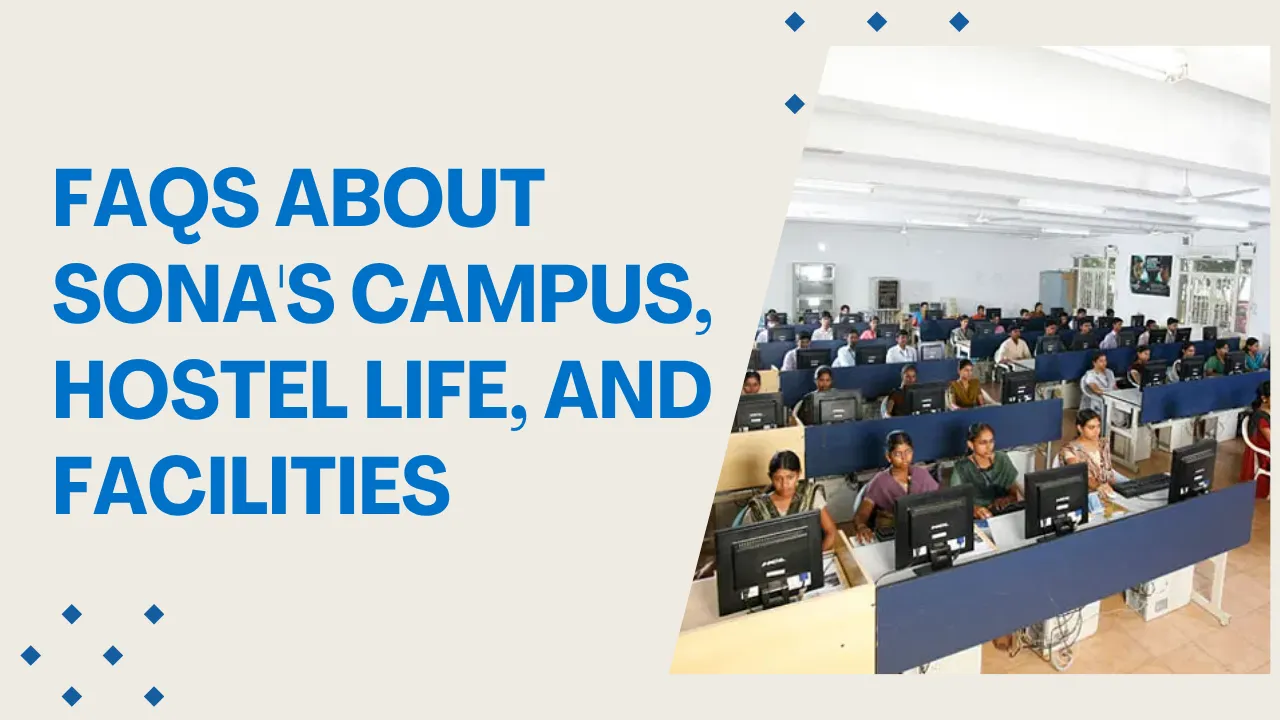Regional Special Education School: In Shelton, Connecticut, a bold educational proposal is taking shape, led by Mayor Mark Lauretti. As the city and surrounding districts grapple with rising special education costs, Lauretti is championing a new path: the creation of a shared, cost-effective facility focused solely on the needs of special education students. With tuition and transportation expenses for out-of-district placements climbing into the hundreds of thousands per child, many communities are reaching a tipping point. The mayor’s plan to establish a centralized solution could dramatically change the way local students receive support—while easing budget pressures on school systems.
The concept is straightforward but ambitious: to establish a Regional Special Education School that serves students in Shelton and nearby areas like the Valley schools. This facility would not only improve access to high-quality special needs instruction but also offer financial relief by keeping students closer to home. With $300,000 already earmarked in the city’s budget and initial meetings underway, Shelton is positioning itself as a potential trailblazer in collaborative special education reform.
Regional Special Education School
The proposal for a Regional Special Education School aims to reduce dependency on distant, high-cost placements by building a local facility tailored to the specific needs of special education students. Mayor Lauretti envisions a hub where students receive personalized instruction in a supportive environment, while partner districts share the operational and financial responsibilities. The plan is more than a response to budget woes—it’s a forward-thinking approach to inclusive education, with benefits that include stronger community ties, reduced travel times, and the ability to design programs that reflect local values and resources.
Overview Table of Regional Special Education School Plan
| Key Component | Details |
| Funding Secured | $300,000 approved in Shelton’s city budget |
| Target Launch | 2026–27 school year |
| Primary Locations | Old Ripton School, St. Lawrence Church classrooms |
| Focus Areas | Special needs education, cost reduction, inter-district collaboration |
| Operational Leadership | Local superintendents and special education teams |
| Current Cost Issues | Out-of-district costs reaching hundreds of thousands per student |
| Potential Cost Savings | Reduced tuition/transportation, shared services |
| Recent Success Model | Shelton Pathways Academy |
Why Special Education Costs Are Rising
Across Connecticut, the financial strain of special education continues to intensify. Municipalities often find themselves sending students to private or specialized institutions out-of-district, where tuition, support services, and daily transportation can total six-figure sums annually. In Shelton, these expenses were only manageable this past year due to a $1.3 million reserve, which won’t be available next year. Without proactive solutions, local schools risk being overwhelmed by unpredictable and growing costs. The proposed regional model seeks to shift that burden by investing in sustainable, collaborative services that keep students closer to home.
Facility Options: Ripton School vs. St. Lawrence
Mayor Lauretti is evaluating two potential sites for the regional school, each with its own pros and cons:
- Old Ripton School: Once a thriving center for special needs education, Ripton housed more than 100 students from 13 towns before closing in the mid-2000s. While it offers nostalgic and practical appeal, the building would require costly renovations to meet current state requirements.
- St. Lawrence Church Facility: This option offers ready-made classrooms from the now-closed Holy Trinity Catholic Academy. It’s a cost-effective alternative that would need less retrofitting. Talks with church leadership are in progress, though no agreement has been finalized yet.
Both sites would provide ample space for specialized instruction, counseling rooms, and adaptive learning technology—key features of any modern special education facility.
Bringing Districts Together
A core pillar of this initiative is cooperation. The mayor has already begun discussions with superintendents from neighboring districts, including Shelton Superintendent Ken Saranich. Their goal is to align on shared programming, transportation logistics, and staffing needs. By uniting under a single facility, each district could contribute funds, refer students, and receive tailored support in return. Lauretti’s vision doesn’t just solve Shelton’s problems—it offers a regional education solution rooted in shared investment and shared benefit.
Learning from Shelton Pathways Academy
This isn’t Shelton’s first step into alternative education. The city already operates the Shelton Pathways Academy, an innovative facility for high school students who need a more flexible and specialized learning environment. Located in a former portable building at Perry Hill School, Pathways has saved the district nearly $300,000 annually by avoiding out-of-district tuition and transportation costs. The Academy proves that local solutions can be effective, financially viable, and well-received by students and families. A regional special education school would build on this success, scaling up the model for even broader impact.
Support and State Grant Potential
The timing for this initiative is deliberate. By targeting the 2026–27 school year, Shelton can align with new rounds of Connecticut Special Education Excess Cost grants, which offer crucial funding for districts taking innovative approaches. Lauretti plans to petition the state for both start-up and operational support, arguing that the long-term savings and student benefits far outweigh the initial costs. He’s optimistic that demonstrating early commitment—like the city’s $300,000 investment—will position Shelton favorably in grant decisions.
Looking Ahead: Steps Toward Opening
Before the regional school can become reality, several steps remain:
- Site Inspection and Approval: Superintendents will tour both potential locations this summer to assess compliance with state facility standards.
- Inter-District Agreements: Partnering districts must formally commit to sharing the school’s costs and benefits.
- Curriculum Planning: Educational teams will begin designing individualized programs tailored to a diverse range of learning needs.
- Public Engagement: Stakeholders, including parents, educators, and community members, will be invited to weigh in and help shape the school’s mission.
If successful, this school could become a blueprint for regional special education reform across Connecticut and beyond.
FAQs
1. What is the main goal of the regional special education school?
The goal is to provide high-quality, local education for students with special needs while reducing the cost burden of out-of-district placements.
2. When is the school expected to open?
The target launch is the 2026–27 school year, aligning with available state grant funding.
3. How will this school help Shelton and nearby towns?
It allows districts to share resources, reduce tuition and transportation costs, and offer students more consistent, community-based services.
4. What facilities are being considered?
The Old Ripton School and St. Lawrence Church’s former classrooms are under evaluation. The latter is closer to being move-in ready.
5. Will this school serve students from outside Shelton?
Yes, students from neighboring districts are expected to attend, making it a truly regional program.
Final Thought and Call to Action
Mayor Lauretti’s push to establish a Regional Special Education School is more than a cost-saving plan—it’s a commitment to doing right by some of the community’s most vulnerable students. It’s an opportunity to replace outdated, expensive systems with something smarter, more inclusive, and built for the future.
Now is the time to get involved. Parents, educators, and local leaders can help shape the vision by attending public meetings, voicing support, and encouraging neighboring districts to join. The choices we make today could lay the foundation for a more equitable, efficient, and compassionate education system tomorrow.
Let’s work together to bring this bold idea to life—because every child deserves to learn and thrive, close to home.
















